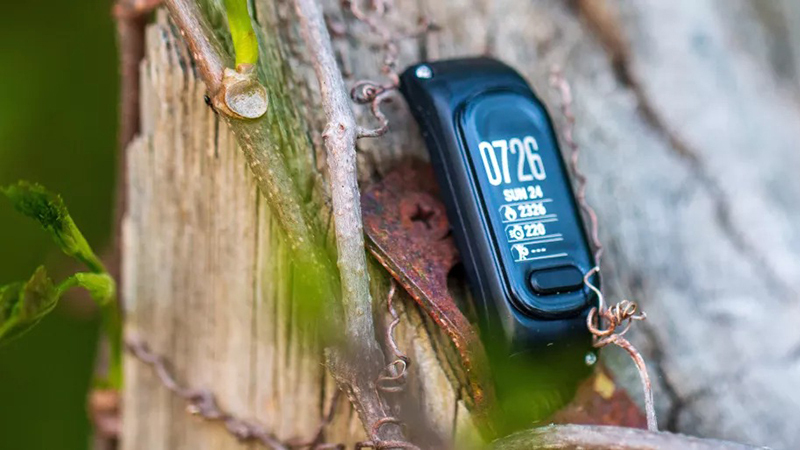Best Samsung tablet 2025
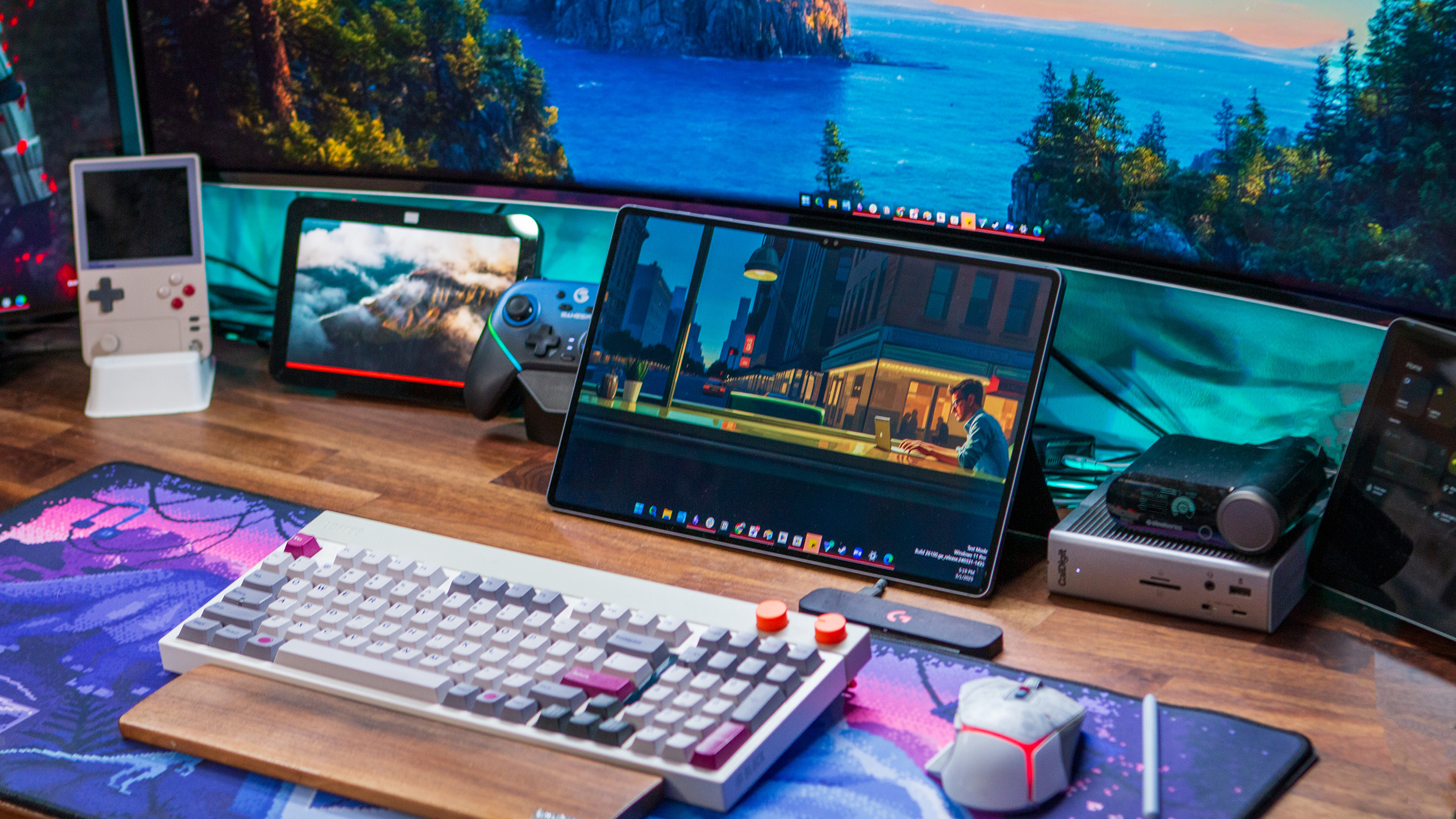
At a glance
1. Best overall
2. Best entry-level flagship
3. Best cheap tablet
4. Best premium tablet
5. Best for students
6. Best budget big screen tablet
F.A.Q.
How to choose
How we test
Bottom line
In the realm of Android tablets, Samsung reigns supreme. Chances are, if there's something specific that you're looking for, there's a Samsung tablet that fits those needs. Whether it be an artist wanting a digital canvas, or maybe you're looking to replace your laptop for good. Samsung's got you covered.
We've got the experience to guide you to the right choice. Over the years, we've reviewed hundreds of tablets, and our current best overall pick is the Galaxy Tab S10 Plus. For reasons known only to Samsung, it never released a standard Tab S10 model, so the Plus is the one you should look at. It's sleek, powerful, and even has 5G connectivity.
Of course, the best pick overall isn't the best pick for everyone, which is why you should read on to find the right Samsung tablet for you!

Andrew Myrick is a senior editor at Android Central. In between figuring out ways to put retro emulators on everything, Andrew thoroughly enjoys exploring what's possible with Android tablets. He's constantly looking for new and different ways to use tablets, such as replacing his laptop or turning tablets into smart home dashboards.
At a glance
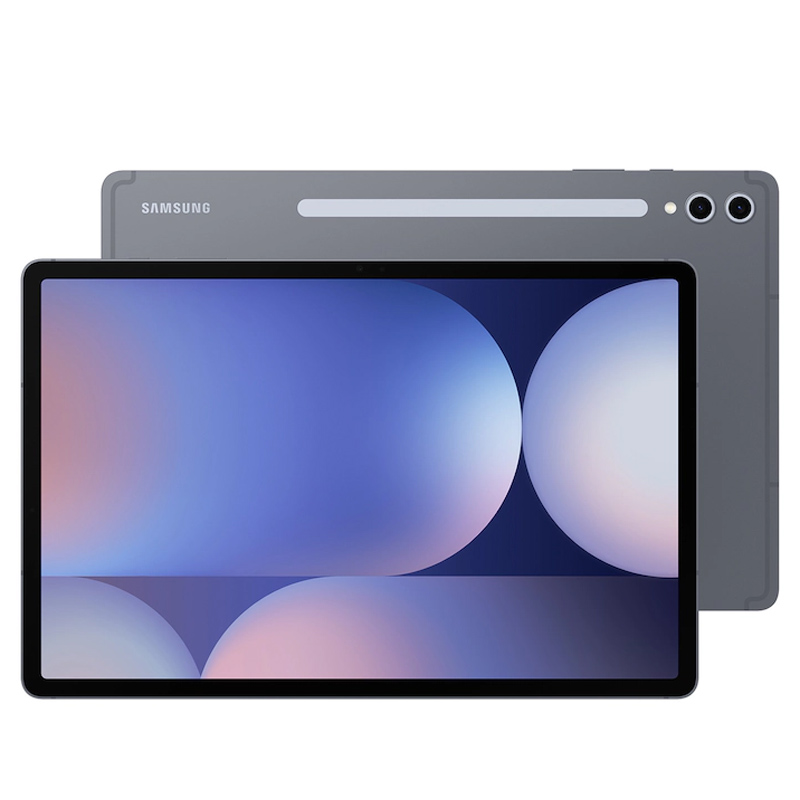
Best overall
The Galaxy Tab S10 Plus is our pick for the best Samsung tablet thanks to the combination of performance, incredible display, and the fact that it's currently Samsung's only flagship with 5G connectivity.
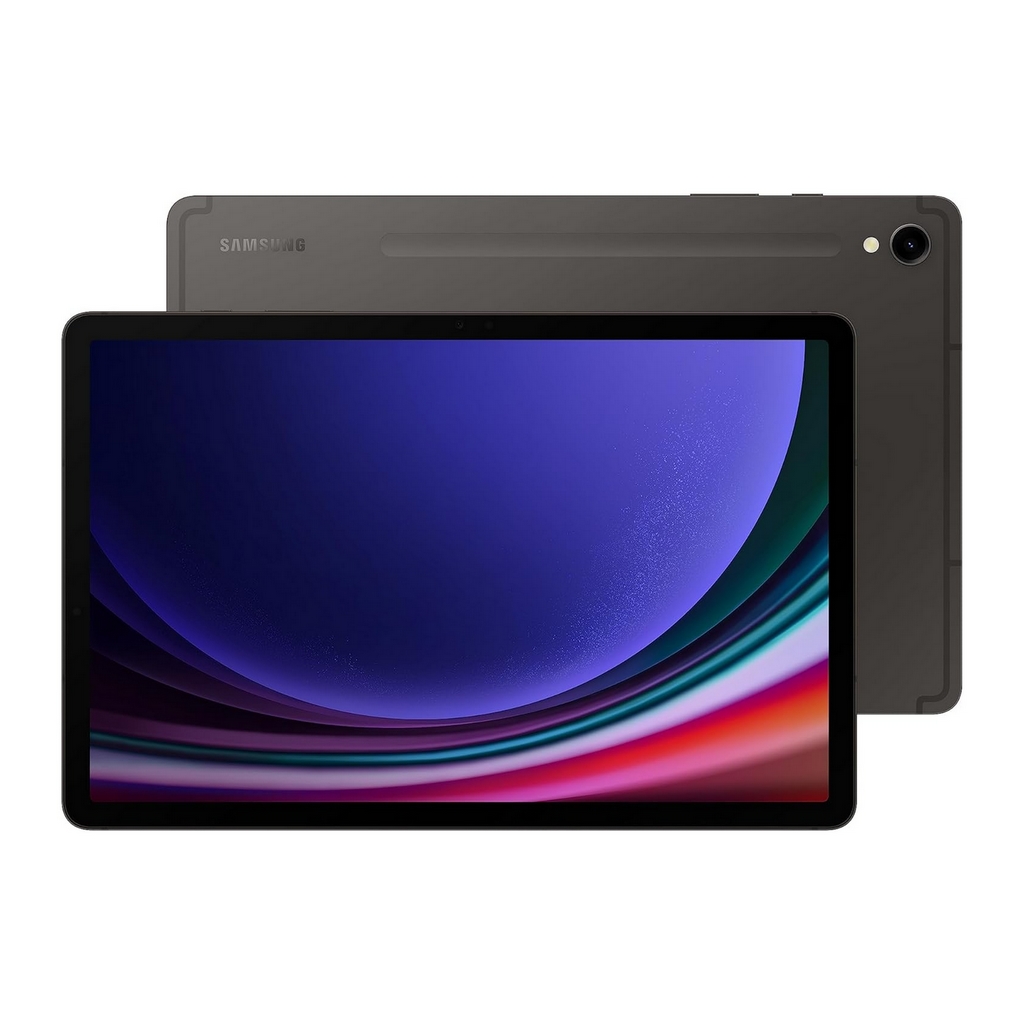
Best entry-level flagship
Samsung's Galaxy Tab S9 is going to be a great option for the majority of people, especially with the upgraded OLED display and the smaller form-factor.
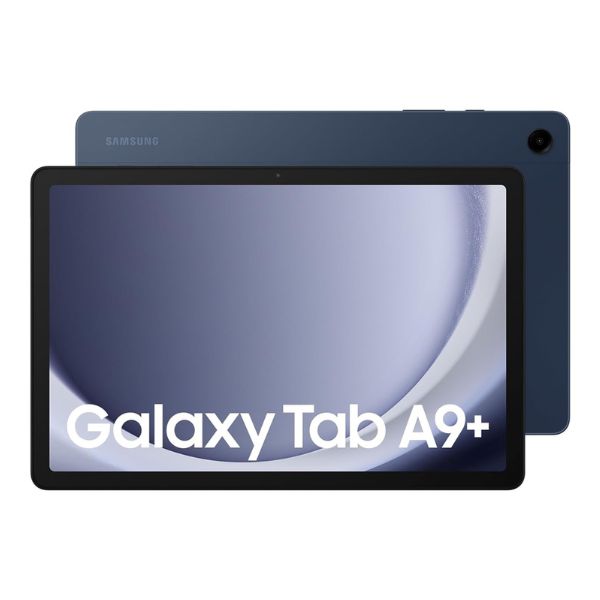
Best cheap tablet
Samsung seems to be moving away from the 8-inch tablet market, but the Galaxy Tab A8 remains our pick for the best cheap tablet, as long as you don't care about stylus support.
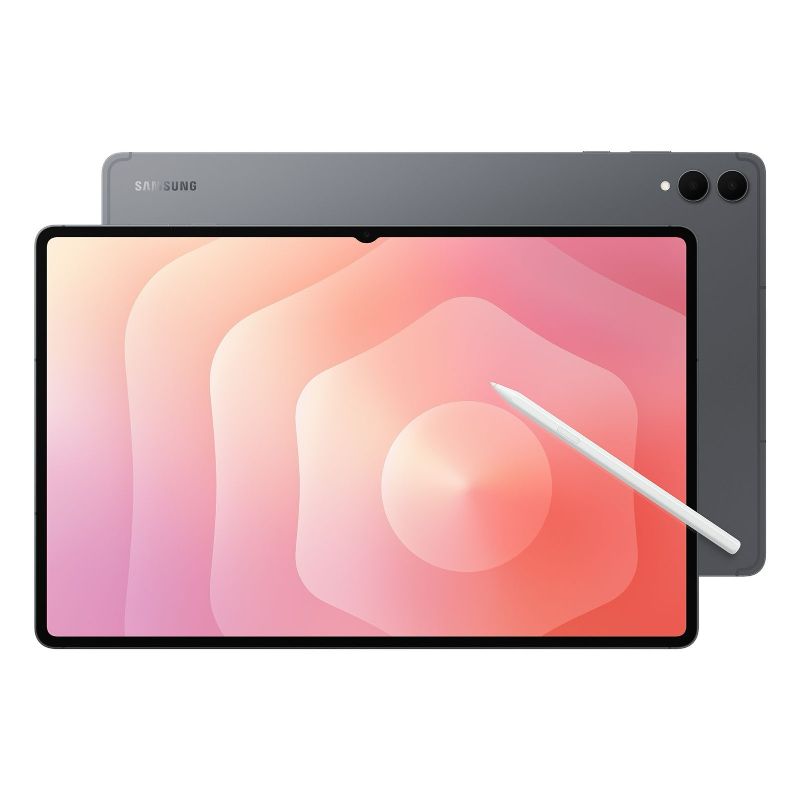
Best premium tablet
If you're looking for a tablet that can replace your laptop, look no further than the Galaxy Tab S11 Ultra with its massive 14.6-inch OLED display and optional Keyboard Cover.
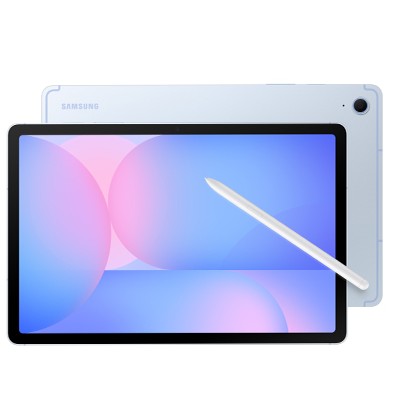
Best for students
The Galaxy Tab S10 FE is Samsung's most recent budget tablet and it manages to surprise in a lot of ways, while offering the best bang for the buck.
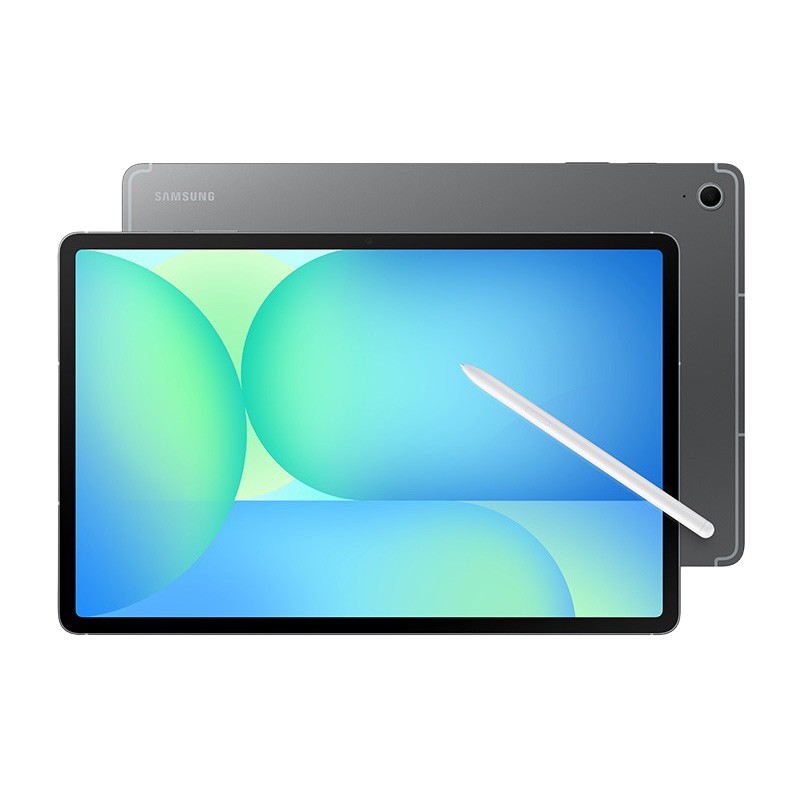
Best budget big screen tablet
The Galaxy Tab S10 FE Plus is a larger version of the S10 FE with a 13.1-inch display, larger battery, and 12GB of RAM on the highest-end storage variant.
Best overall
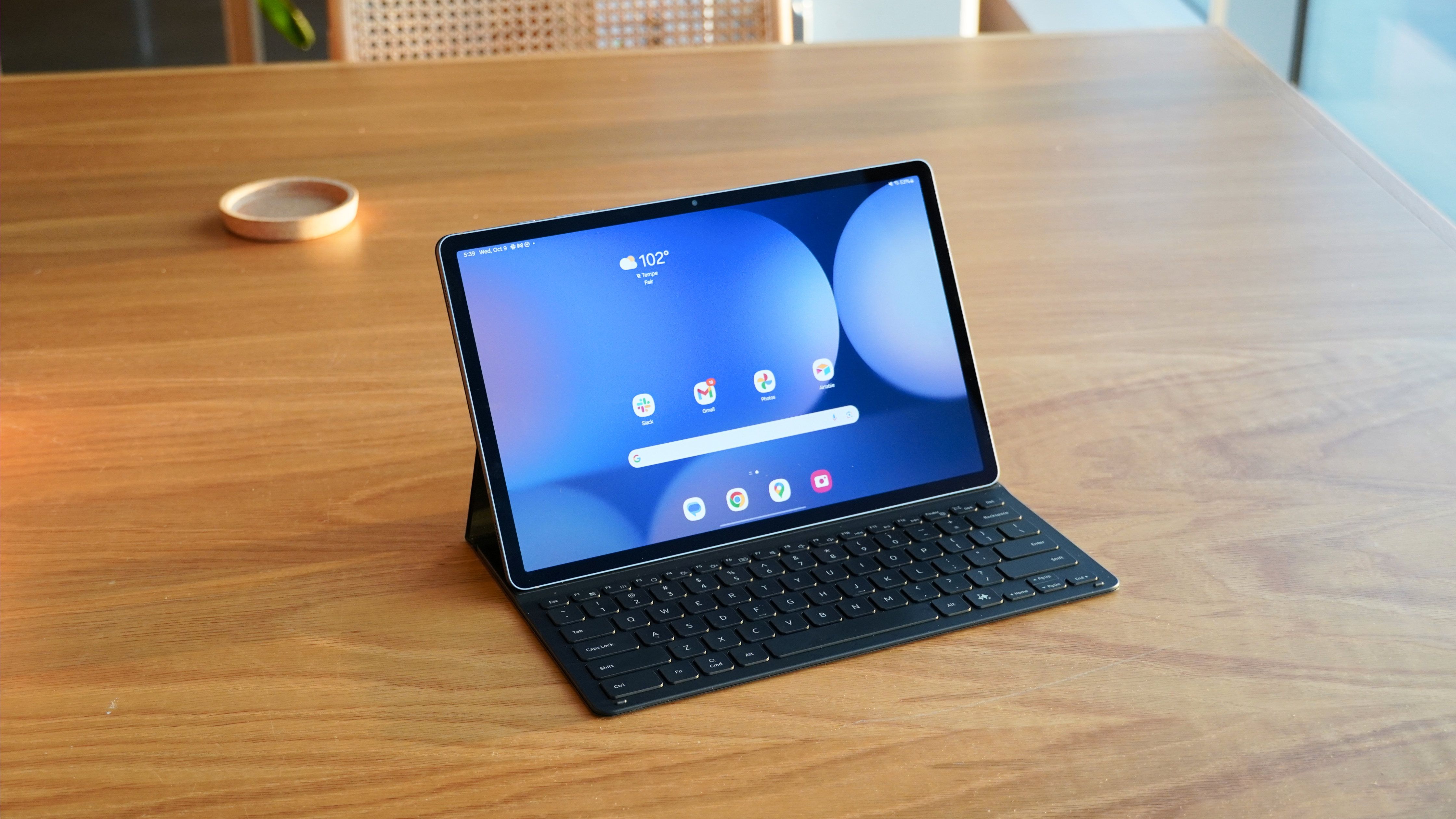
1. Samsung Galaxy Tab S10 Plus
Our expert review:
Specifications
Reasons to buy
Reasons to avoid
For the past few years, the Galaxy Tab "Plus" has been amongst our favorites, and that trend continues with the Galaxy Tab S10 Plus. When announced, there were some concerns about Samsung's decision to switch from Qualcomm to MediaTek. However, the Dimensity 9300+ still provides the flagship performance we've enjoyed. It helps that Samsung paired this chip with 12GB of RAM while offering either 256GB or 512GB of storage, especially with the injection of Galaxy AI features.
Practically everything else about the Galaxy Tab S10 Plus remains the same when compared to its predecessor. That means we still have a 12.4-inch AMOLED display with a 120Hz refresh rate and HDR10+ support. Making things even better is that if you wanted to upgrade from the previous generation, all of your "old" accessories will work just fine with the latest model.
Another big benefit of opting for the Tab S10 Plus over some of the other best Android tablets is that it's one of the few with the option for cellular connectivity. That alone makes this an intriguing option as you can stay connected without worrying about draining your phone's battery.
You might be surprised to see the Tab S10 Plus at the top of the list, seeing as the Tab S11 lineup is now available. However, Samsung opted against releasing an upgraded model, instead, offering just the Tab S11 and Tab S11 Ultra. Although it's no longer the most powerful option, the Tab S10 Plus is the only Samsung tablet to feature cellular connectivity, and can regularly be found on sale.
Best entry-level flagship
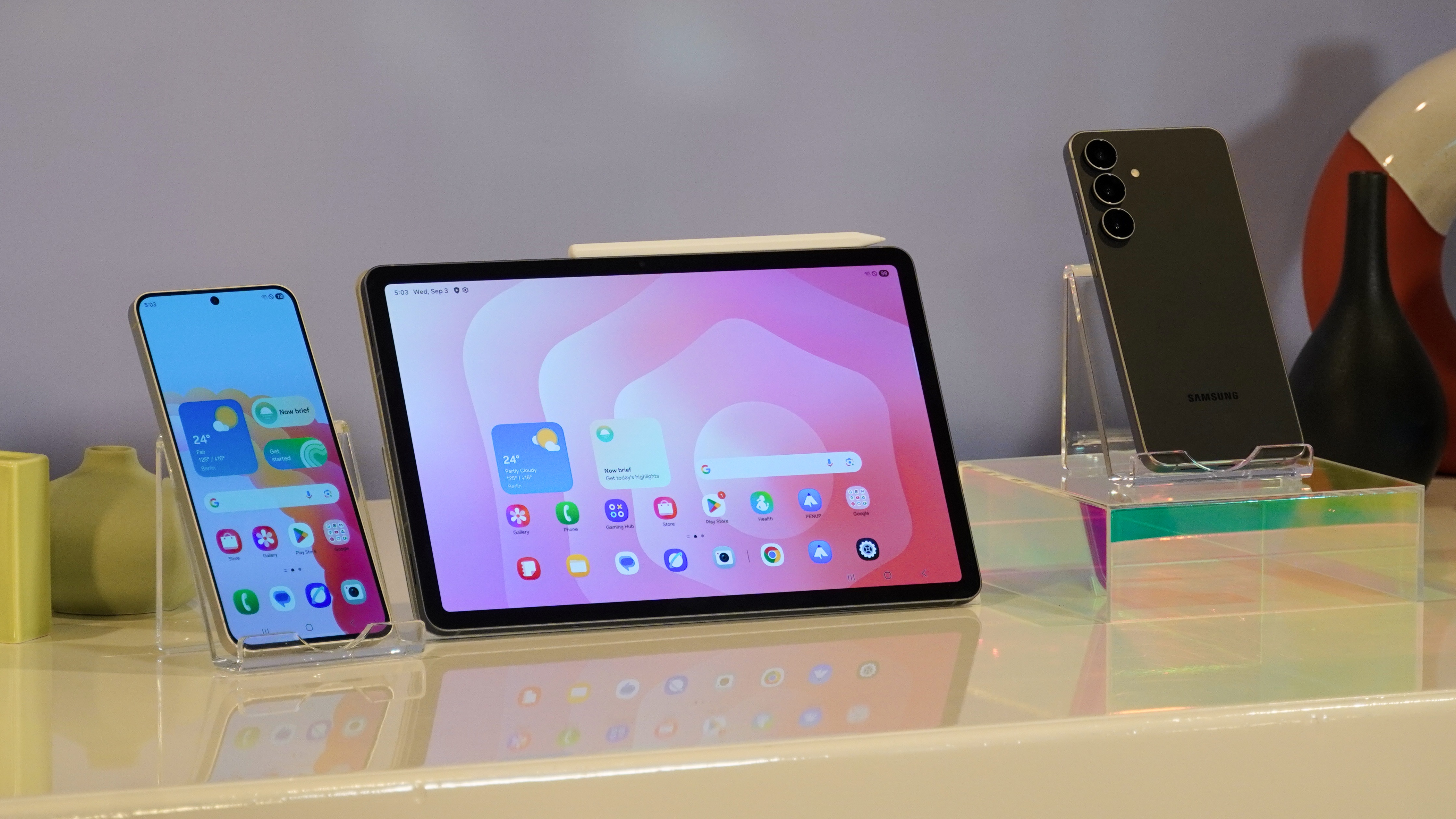
2. Samsung Galaxy Tab S11
Our expert review:
Specifications
Reasons to buy
Reasons to avoid
One major upside of the Galaxy Tab S11 series, compared to Samsung's usual strategy with its phones, is that it doesn't reserve as many premium features for the most expensive models. The base Tab S11 has the same 120Hz refresh rate, quad speakers, Dimensity 9400+ with 12GB of RAM, a 12MP wide-angle selfie camera for video calling, and thin bezels as its more expensive siblings. All while costing $200-$400 less than the Plus and Ultra.
The true downside here, as previously mentioned, is that you have less room to multitask on the Tab S11. It's better for casual use like streaming and gaming in bed than it is for DeX mode, and you may not want to pay a premium for that. But if you keep in mind that it'll get five years of support, this Tab will give you more than its money's worth over time.
As it currently stands, this is also the smallest "flagship" Samsung tablet that you can get. For one reason or another, Samsung didn't include an 11-inch option in the Galaxy Tab S10 lineup. But we're sure happy to see it return with the Galaxy Tab S11 series, even if that means the Plus model was omitted this time around.
Best cheap tablet
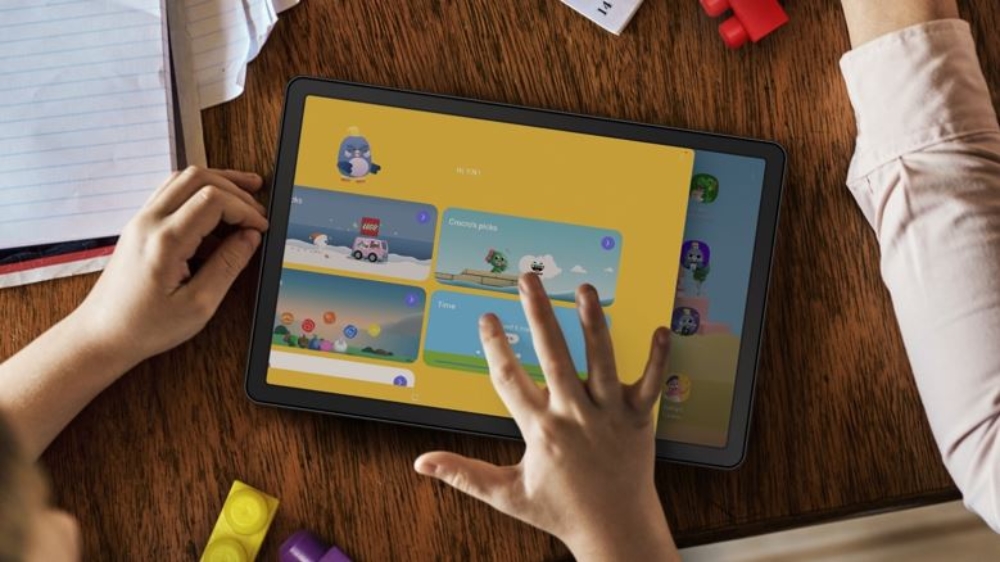
3. Samsung Galaxy Tab A9 Plus
Our expert review:
Specifications
Reasons to buy
Reasons to avoid
Just as with Samsung smartphones, Galaxy S tablets typically crush their Galaxy A Tab counterparts. But if you're in the market for a cheap Android tablet that doesn't make too many compromises, the Galaxy Tab A9 is your best bet to compete with Amazon or Lenovo tablets built for the budget market. It's incredibly affordable, with the excellent app library Fire Tablets lack, plus the Samsung tools and tricks you know and love.
Keep in mind that this is truly a "budget" tablet. Its Snapdragon 695 chipset is solid but nothing to write home about. With a 1920 x 1200 LCD display, you'll miss out on a higher-quality display compared to others on this list. But Samsung also slimmed down the bezels to bring the design more in line with the likes of the Tab S9.
You'll get decently long-lasting battery life, dual stereo speakers, 15W fast charging, expandable storage up to 1TB, Android 13 out of the box, and up to 8GB of RAM — equal to the base RAM of more expensive Samsung tablets. The biggest downside is that the Tab A9 Plus isn't compatible with the S Pen, but considering this is more for casual users, it's not a complete deal breaker.
Best premium tablet
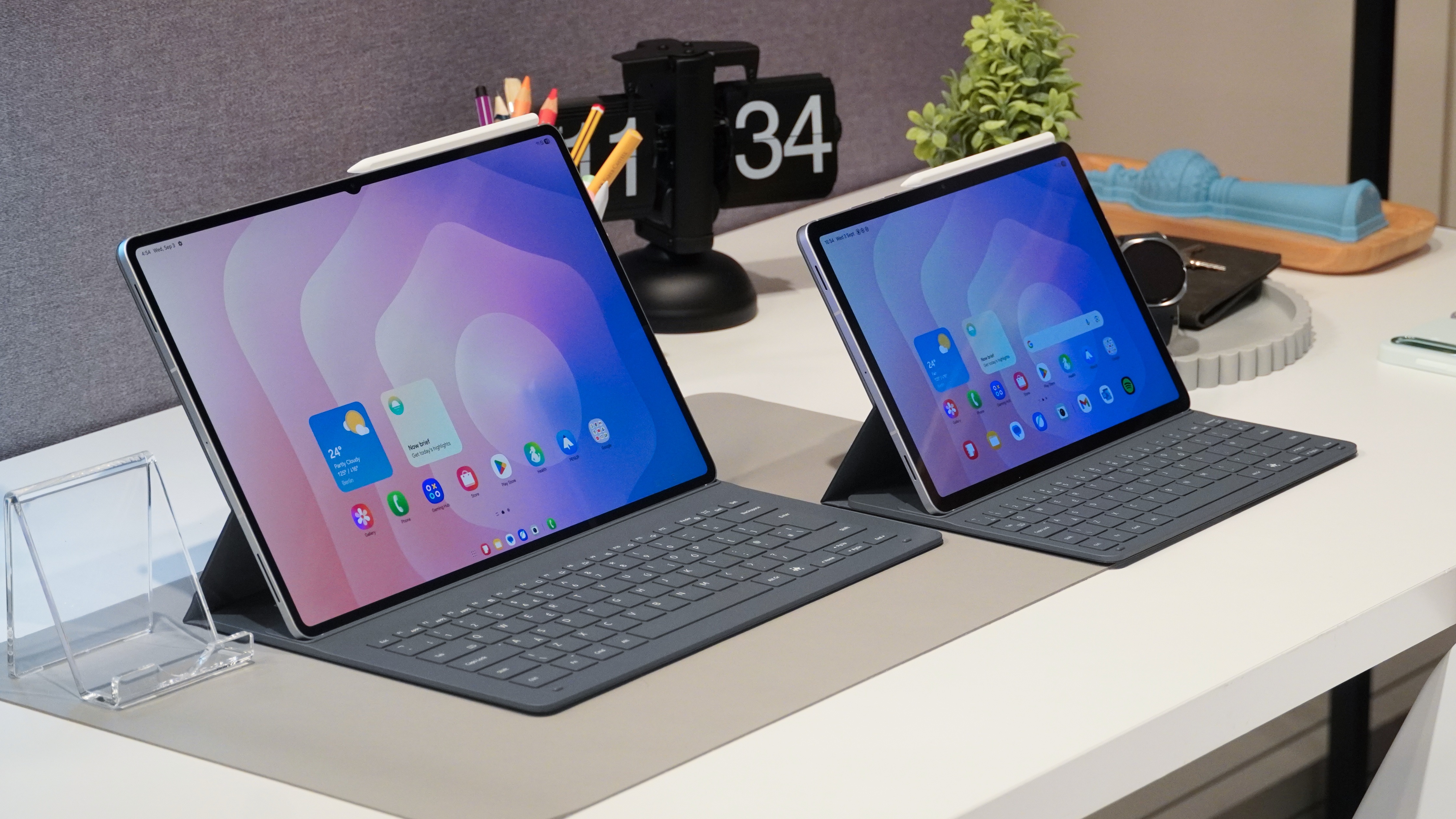
Specifications
Reasons to buy
Reasons to avoid
Those who want to replace their laptop with a tablet won't want to look any further than the Galaxy Tab S11 Ultra, which is the best Samsung tablet at the moment. Between its enormous 14.6-inch AMOLED display and the Book Cover Keyboard, it's almost the perfect combination. Plus, you can fire up Samsung DeX and enjoy a desktop-like experience, all powered by Android and One UI.
Like the Galaxy Tab S11, the Tab S11 Ultra is now powered by the MediaTek Dimensity 9400+ SoC and comes with either 12GB or 16GB of RAM. As for storage options, you can choose between 256GB, 512GB, or 1TB. However, it's worth noting that the only way to get 16GB of RAM is to spring for the 1TB configuration, while the other two options are paired with 12GB of RAM.
Also like its smaller counterpart, the Tab S11 Ultra shares quite a bit of DNA with its predecessor. Meaning that all of your accessories will work with Samsung's latest tablet, which has been a sticking point for some in the past. It also means that Samsung is still sticking with 45W charging speeds, which is downright disappointing. While the Tab S11 Ultra and its 11,600mAh battery is one of the bigger batteries on a tablet, trying to get it juiced back to 100% will probably feel like an eternity.
Although you might enjoy using the Tab S11 Ultra as a laptop, the reality is that you can get a good laptop for less, and with better specs. The base model with 12GB of RAM and 256GB starts at $1200, and if you want the absolute best that Samsung has to offer, it'll set you back more than $1,600. And that's before accounting for any potential cases and accessories besides the S Pen that's included in the box.
Best for students

5. Samsung Galaxy Tab S10 FE
Our expert review:
Specifications
Reasons to buy
Reasons to avoid
One of the first things people ask about when it comes to Samsung's newest tablets is whether it includes an S Pen. Thankfully, the Tab S10 FE and Tab S10 FE Plus include one in the box, which is a trend that we really wish more tablet makers would adopt. Even if you still have to buy a keyboard case (or even just a regular case), separately.
The Galaxy Tab S10 FE is a bit slimmer and lighter than the Tab S9 FE, ships with the latest One UI 7, supports up to seven years of software updates, and it gets a faster Exynos 1580 SoC. You also get Galaxy AI features like Google’s Circle to Search, smarter Samsung Notes, and editing tools like Best Face and Auto Trim.
While the build and design are practically identical, including the IP68 certification, the Tab S10 FE features a higher-resolution 13MP main camera instead of 8MP. The battery capacity is the same 8,000mAh as before and there's 45W fast charging too. The S10 FE is the best Samsung tablet to buy if you're on a budget.
Best budget big screen tablet
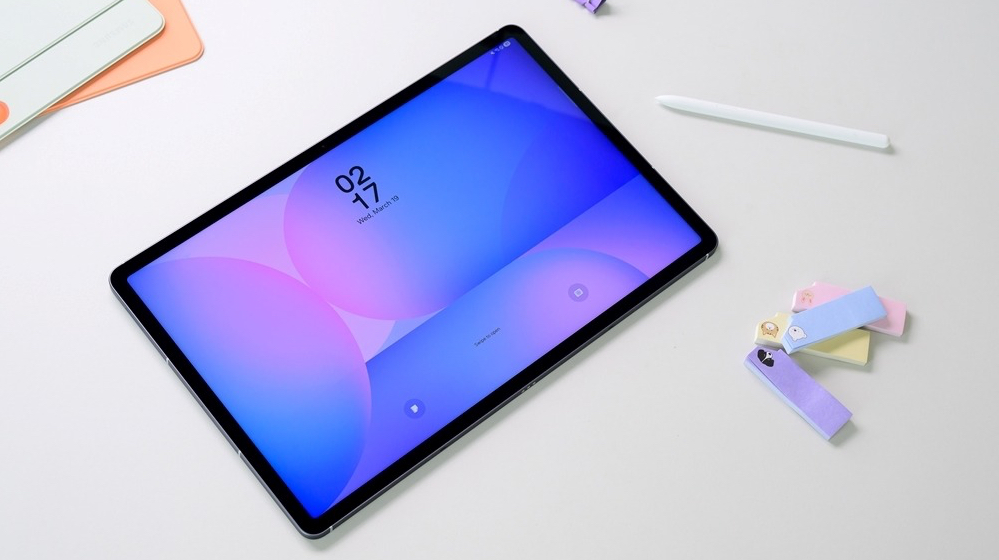
6. Samsung Galaxy Tab S10 FE Plus
Our expert review:
Specifications
Reasons to buy
Reasons to avoid
While large tablets aren't for everyone, a lot of people really enjoy the larger size, and this 13.1-inch Galaxy Tab S10 FE Plus is a good fit for many with a reasonable price. It keeps most of the same internals as the above Tab S10 FE with the same Exynos 1580 SoC. Sadly, you lose the second ulltrawide camera on the new model, as Samsung has stuck to a single rear camera this year.
The display is the star of the show on the Galaxy Tab S10 FE Plus with a high 2880x1800 resolution. It refreshed at up to 90Hz, so navigation feels smooth as well. If you're sensitive to display types, you'll surely notice the downgrade to a TFT LCD panel from the AMOLED on the main line Galaxy Tab S10, but it's a far cry from the washed out TFT panels of old.
Another benefit of the larger size is a larger battery. This tablet comes with a 10,090mAh battery, which is a lot, especially when you remember this tablet uses a fairly low-power Exynos SoC. When it comes time to charge, you also get fairly quick 45W speeds. The tablet ships with One UI 7 based on Android 15, and it should be updated for the next seven years.
Conclusion
What's crazy about this list is that this isn't even all of the current Samsung tablets that are available. The Galaxy Tab Active 5 Pro was introduced earlier this year alongside the XCover 7 Pro, making for two of Samsung's most rugged devices we've ever seen. While you can't actually buy one directly from Samsung, the Active 5 Pro can be had from various retailers such as Best Buy or Walmart.
Flipping to the opposite end of the spectrum, Samsung also has something to compete with Amazon's Fire HD Kids tablets with the Galaxy Tab A9+ Kids Edition. It too includes a rugged and fun case, complete with a built-in kickstand, and three "Crayo-Pens" so the little ones can feel like they're coloring without using actual crayons.
FAQ
1. Are Samsung tablets worth it?
Samsung makes some of the best Android tablets in the world, and are famous for their superb build quality, excellent features, and reliable after sales service. Whether it's a budget tablet costing under $600 or a premium flagship one well above $1,000, you can count on Samsung to have global availability for most of its models.
Apart from the good performance and features, Samsung also offers decently long software support for its tablets. For instance, the Tab S11 and Tab S11 Ultra models are eligible for seven years of OS upgrades and security updates. The Tab S10 FE series will also get seven years of support, although it's not explicitly clear if this will include seven generations of OS upgrades like the flagship Tab S11 series. Meanwhile, the older Tab S9 and S8 series still get a respectable four generations of OS upgrades, which make them relevant even today.
2. Are iPads or Samsung tablets better?
Samsung tablets and iPads have their own distinct advantages and disadvantages, so it's hard to definitely say if one is better than the other. Samsung's tablets are far better than iPads when it comes to durability as their flagship Tab S9 series onwards have an IP68 rating for dust and water resistance, something that all current iPads lack.
The best Samsung tablets are also way better value. The Galaxy Tab A9 Plus for instance costs just around $200 and offers great features, a lightweight design, four speakers, and expandable storage. Samsung is also doubling-down on its AI features for its tablets, slowly bringing some of the Galaxy AI features to its budget models too. Multitasking is another area where the best Samsung tablets beat the iPad, thanks to Samsung DeX. This latter feature transforms the tablet's interface into a desktop-like experience, giving you the ability to open multiple apps in resizable windows, drag-and-drop funtionality, a taskbar, and so on.
Apple's iPads do have their redeeming features like excellent ecosystem benefits if you use an iPhone and a Mac. iPad apps are also generally more user-friendly, intuitive, and have a great deal of refinement. Day-one software updates are another big plus for iPads as every single eligible model can be updated right away, with no waiting period.
How to choose
When it comes to picking the best Samsung tablet, there are a few key factors to consider. Arguably the biggest factor comes down to how you plan on using your tablet. If you want something to replace an aging laptop, then you wouldn't want to pick something like the Galaxy Tab A9 Plus. And in the same vein, if you just want to read books or play some of the best Android games, the Galaxy Tab S11 Ultra might not be right for you.
There's also the question of software features and support. Compared to other Android tablets on the market, Samsung is without a doubt the industry leader in both departments. Many of the latest Samsung tablets include an S Pen in the box, giving you a tool to jot down notes, navigate the interface, or draw on, without needing to buy something extra. With Samsung DeX Mode, you can take that boring Android interface and transform it into something akin to a traditional desktop like you would find with a Windows or macOS computer.
You'll also want to take into consideration the available accessories for any given device. There are plenty of great case options for the Galaxy Tab S11 series, given its popularity, but the same can't be said for other tablets on this list. Before you hit that "purchase" button, you'll want to make sure you have the right questions with the right answers to make your decision.
How we test
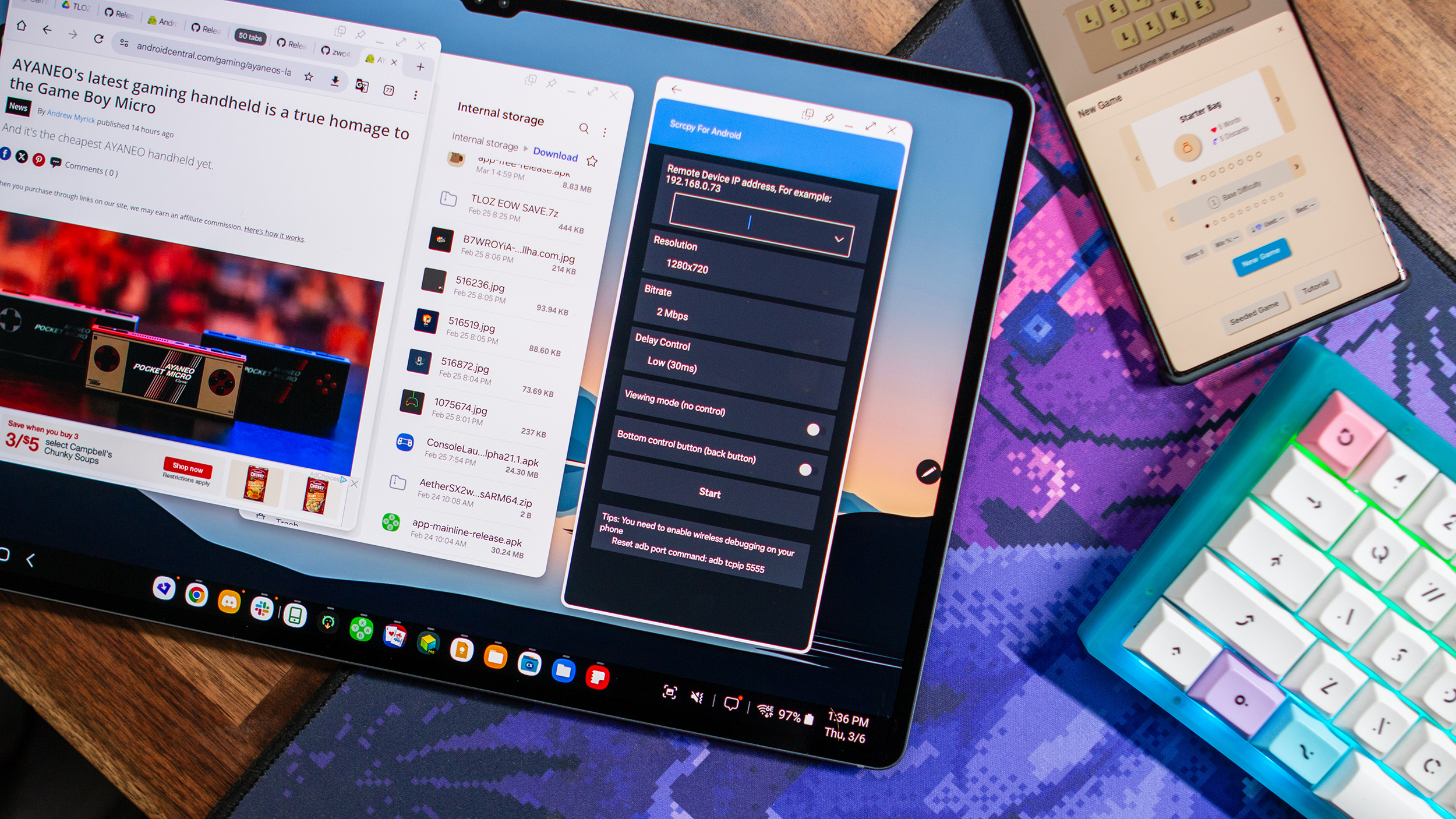
When using and reviewing each of these tablets, we put them through a series of tests, with the goal of sharing how they work in the "real world." This includes things like battery life, seeing how long it takes for the tablet to get juiced back up, and trying out different workflows to find out how hard you can push a tablet's performance.
Considering that Samsung makes some of the best Android tablets, it's important to put these devices through their paces with various apps. But there are also other "intangible" features to look for, such as whether you can use DeX mode, or the type of S Pen is included, if applicable. All of these play a part in deciding what Samsung tablet you should consider.
Bottom line
Samsung's lineup of Android tablets is rather impressive, seeing as hardly anyone else supports the form factor. Looking through its list of available options, we have to give our highest recommendation to the Galaxy Tab S10 Plus.
The Tab S10 Plus has a great set of specs with plenty of power to back up the massive 2960 x 1848 resolution of the display. This hardware bundles these components up in a really nice design and comes in at a price tag that's pretty fair when you consider everything you're getting — a 120Hz display, high-quality S Pen, MediaTek Dimensity 9300+, and so on.
There are other options out there if you have different tastes and budgets, but overall, the Galaxy Tab S10 Plus strikes that balance of being the Samsung tablet to get, especially if you're already used to the way Samsung's platform works.
Get the latest news from Android Central, your trusted companion in the world of Android

Michael is Android Central's resident expert on wearables and fitness. Before joining Android Central, he freelanced for years at Techradar, Wareable, Windows Central, and Digital Trends. Channeling his love of running, he established himself as an expert on fitness watches, testing and reviewing models from Garmin, Fitbit, Samsung, Apple, COROS, Polar, Amazfit, Suunto, and more.
- Roydon CerejoContributor
- Samuel Contreras
